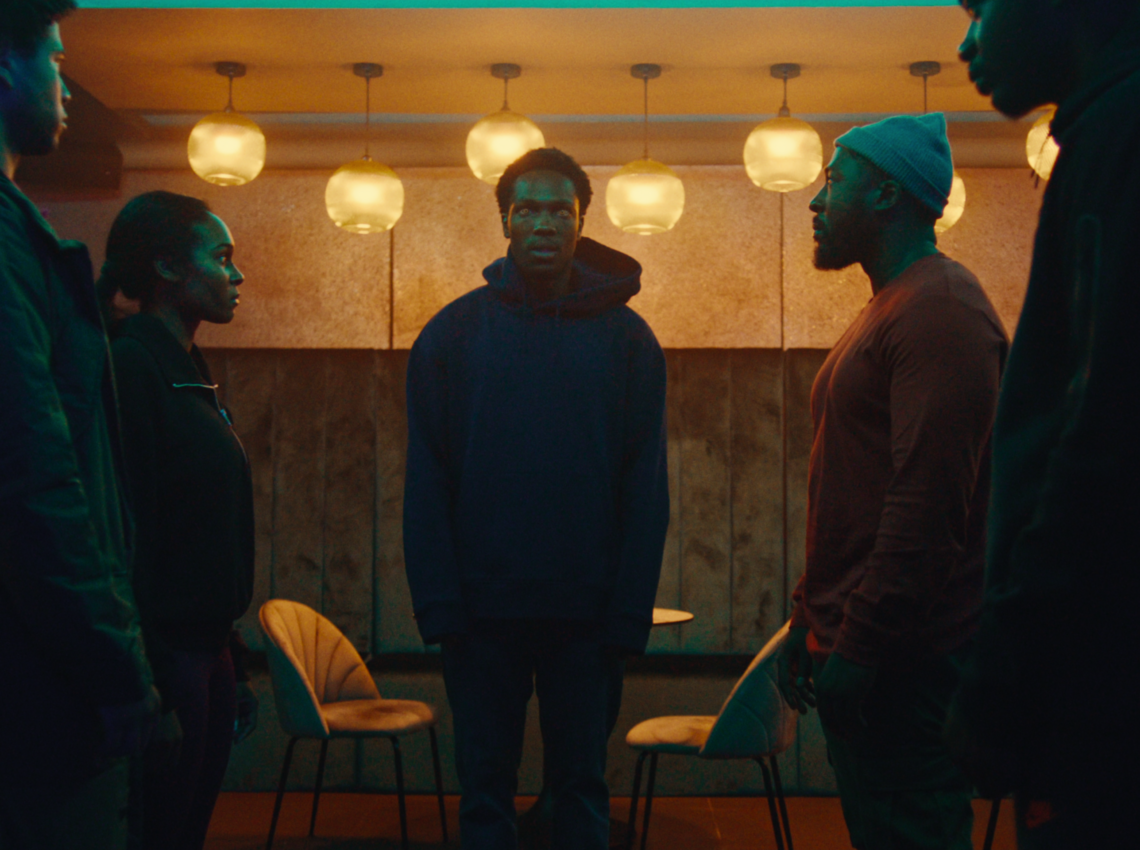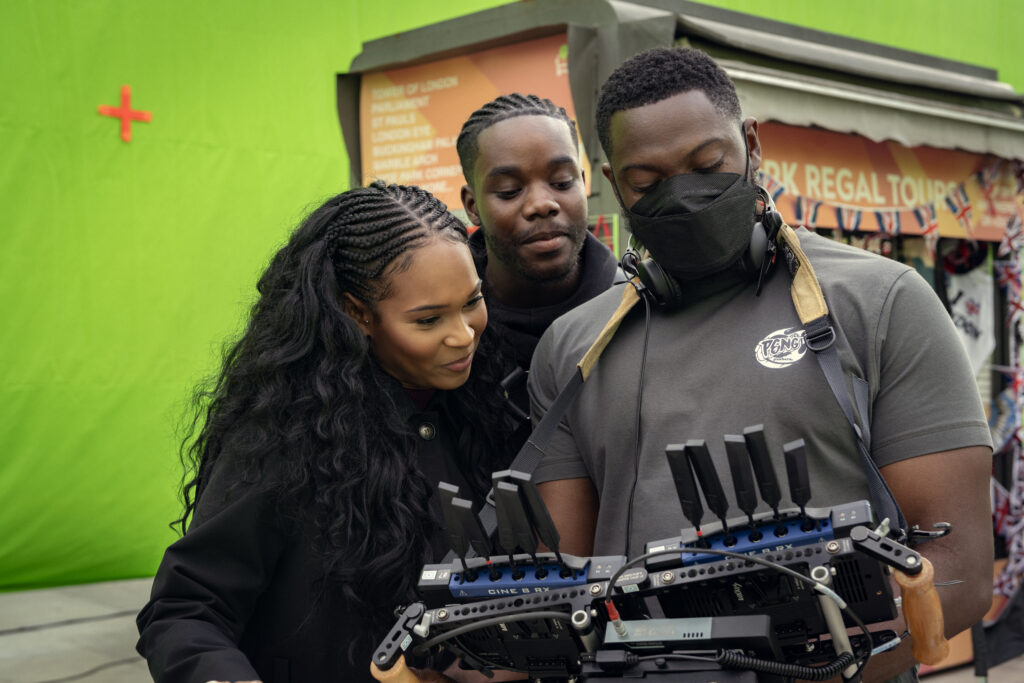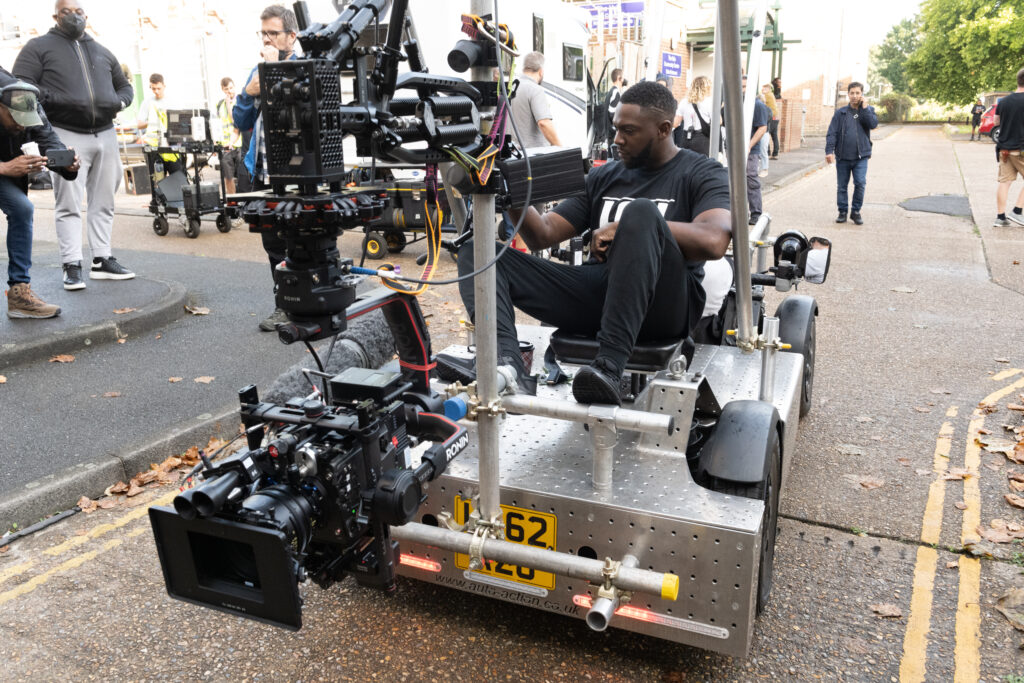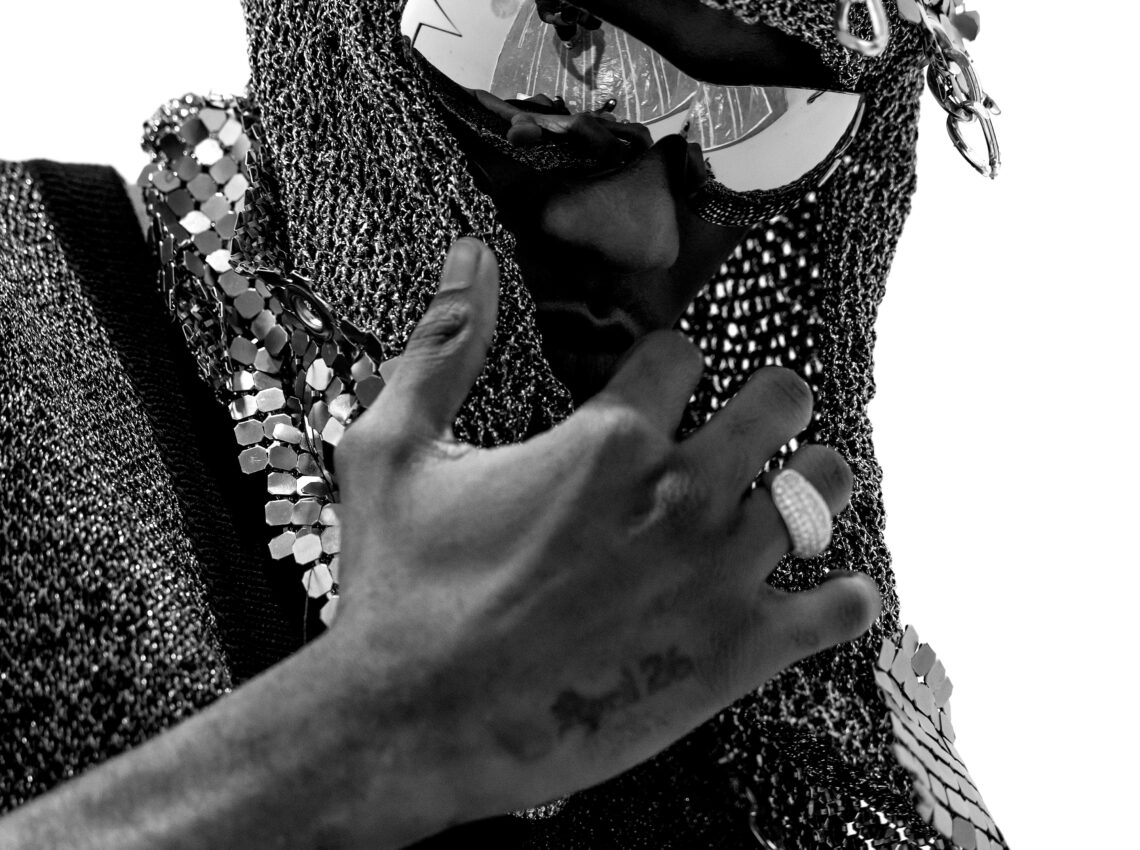NETFLIX’S SUPACELL : PLAYING WITH COLOUR TO TELL A SOUTH LONDON STORY


Retaining a 100% Rotten Tomato score and being reviewed all over social media and the news, it’s safe to say that Netflix’s Supacell has been a hit with a range of viewers. Personally, I was able to get through it in a single day – I couldn’t help but binge the entire series and before I knew it, the day was done and I was theorising the show’s universe with friends.
Written and co-directed by Rapman, this superhero story is set in South London and follows the lives of a group of regular people who suddenly develop superpowers. Supacell has been praised industry-wide for the drawing of attention to sickle cell disease and the effects on those who have it.




As someone who isn’t necessarily the biggest fan of sci-fi or superhero fiction, something that drew me in about the show was the use of colour within and the general vibrance of the show. Supacell remained centred in reality, while managing to add an air of surrealism to the sides of London that many of us can relate to. I sat down with some of the team responsible for the visual feel of the series to talk about their experiences working on the series and how they were able to apply their creative practices in order to achieve a product that many have come to love.
Initially pursuing a career in filmmaking, during his time at university (now) Cinematographer Aaron Reid ended up developing an obsession with lighting and cameras when his peers began enlisting his skills in shooting. He came through the ranks of the industry travelling the world shooting music videos and working in film and TV. He shares that in his experience, the key to building a career in cinematography is in patience and collaboration: “be humble, be friendly, be approachable and just try to get the most out of it. This isn’t a sprint – every job that you do, you’re building to get to that better place and you’re understanding more, experiencing more and you’re working on new things because this is a type of profession where you might not be good until you’re 50.”
Although he came into the Supacell project 5 years behind Rapman, in terms of its creation, Aaron was able to quickly understand what the show needed to mean and together the two were able to combine their ideas. “Our bonding moment was we didn’t want this to look like any other show in the UK. We wanted to show South London – we’re both from South London as well,” he told me. “We wanted to show this in its glory and I think that helped with the visual language because he’s got a certain way that he sees South London and I’ve got a certain way that I see South London and we were able to marry that together.”
Both a superhero and a love story, making sure that the photography kept in line with the emotional beats of the characters was also very important for Aaron when executing the visuals for Supacell. “Rapman is all about the emotion, so when you’re dealing with that the camera needs to be in the medium or in the close-up at pivotal points – the focus on the love story was to never miss the emotion and sometimes that means not being so wide all the time. We still tried to be very ambitious in the way that we wanted to show the scale of the world and the environment – and I think that’s what went really well for the show because we’re getting a lot of feedback and everyone’s connecting with the story and with the love story.


Chatting with the team, something they were very interested in putting across was how important it was to them to get their presentation of dark skin tones right. Aaron shares that the Supacell production team has been the first in the UK to use Arri’s new Alexa 35 camera which played a role in the ability to capture subjects without overexposure being able to compromise the look and feel of a scene and he was very interested in sharing how this along with some other techniques allowed the team to take a well-meaning and intentional approach to representing their characters.
“One of the main themes for us when doing the show is that we wanted to highlight how beautiful our skin is,” Aaron said. “I came through the ranks shooting grime videos. So most of my work in my earlier days was shooting dark skin tones – people like myself. So I want to make sure that it’s shot the right way.” For Aaron, when shooting a predominantly Black show, it always made sense to represent skin tones in a natural sense, his preference was to avoid the once fashionable technique of underexposing dark skin tones to make them appear very deep or blue.
From the perspective of colourist Joseph Bicknell, the key to creating a visually appealing series was in having a deep understanding of what a scene is conveying and subtly translating that into colour. “We wanted something very engaging, warm and colourful but it was also important to make it feel grounded and no matter how intense the palette was you still had the humanity of the characters and their performance. It’s also about looking at the scenes that need more energy and making sure we’re bringing enough to feel consistently part of the world. I think you can push colour quite far as long as you have the balance right and it aligns with the tone of the scene and the story overall.”


Hair and makeup artist Dumebi Anozie’s role began with the script and creating a visual identity for each character’s story arc, once that is set in stone, continuity is paramount to ensuring the show makes sense to viewers. “Reading the script is always the first step, to get a feel for the character, their personality, and how we think that would come out in their look, hairstyle, and makeup. Then I’ll sit down and make some mood boards, have that conversation with the director, producers and also the actor. As much as I may have my way of seeing the character, we have to work together to create the final look. It’s a really collaborative process,” she shared.
Understanding her role within Supacell along with her years of experience she has this piece of advice for emerging creatives interested in going down a similar career path; “Even if you’ve been in the industry working as a makeup artist or hairstylist for years, come in with a novice’s mindset. You might have been doing makeup for weddings or parties but it’s very different in film and TV. Continuity is so important. One day we may be shooting the end of the film and then tomorrow we are back in the middle of it. But there has to be immaculate continuity in the looks. So come in as a novice, be willing to learn.”
With the first season having ended on an ominous cliffhanger and the stories of the villains yet to be told, fans of the show have already taken to social media in anticipation of the announcement of a second series. While not yet publicly confirmed, Rapman has shared that he already has at least the next couple of seasons ready to go and we are looking forward to seeing what direction the show is taken in.
If you haven’t seen it yet, make sure to check out the series!
Discover more from GUAP Magazine’s Arts and Culture section here.





![ZINO VINCI’S ‘FILTHY & DISGUSTING’EP BRINGS YOU TO THE CORE OF THE ARTIST [@ZinoVinci]](https://guap.co/wp-content/uploads/2023/10/Zino-4.jpg)





![Remel London’s [@Remel_London] “Mainstream” is a must attend for upcoming presenters!](https://guap.co/wp-content/uploads/2017/02/REMEL-LONDON-FLYER-FINAL-YELLOW-COMPLETE-1.png)